
The Complete Digital Marketing Blueprint for Building Materials Suppliers in 2025: A Masterclass for Content Creators
Welcome to this comprehensive masterclass tailored specifically for content creators and marketing professionals working within the building materials sector. As we approach 2025, the digital marketing landscape is evolving rapidly, making it imperative for suppliers in this industry—especially those operating in the Philippines—to refine their strategies in ways that build meaningful customer engagement, boost sales, and increase brand authority.
Understanding the Landscape of Building Materials Marketing in 2025
The construction industry is a vital pillar in the Philippines economy, and building materials suppliers play a crucial role in this ecosystem. However, unlike more consumer-facing sectors, the marketing strategies here must cater not only to end users but also to contractors, architects, and distributors. Digital marketing for building materials requires clarity, technical expertise, and trust-building to stand out.
In my years of experience as a marketing director collaborating with various building materials suppliers, I’ve witnessed the transformative rise of digital tools—from SEO to content marketing, and social media to paid advertising. The aim of this blueprint is to provide a step-by-step workflow to help content creators maximize their impact and align with evolving industry expectations.
Step 1: Deep Dive into Industry and Customer Research
Every successful marketing campaign begins with understanding your target audience. For building materials, your buyers range from individual homeowners to large construction firms. Utilize digital analytics to segment your market by profession, needs, and purchasing habits.
- Use tools like Google Analytics and Facebook Audience Insights to identify buyer demographics in the Philippines.
- Conduct surveys and interviews with existing customers to understand pain points—such as cost concerns, delivery timelines, or product durability.
- Analyze competitors’ digital presence to discover gaps in messaging or content that you can address effectively.
Step 2: Crafting a Content Strategy that Educates and Converts
Building trust is paramount in this sector where purchases involve significant investment. Your content must educate as much as it persuades. Here, attention to detail and clarity in messaging determine the quality of leads and customer loyalty.
Content formats to focus on include:
- Technical Blog Posts: Articles explaining the benefits of specific materials, usage guides, and maintenance tips.
- Case Studies: Showcasing successful projects to add credibility and demonstrate real-world application.
- Video Tutorials: Step-by-step installation or comparison videos help visual learners and reduce customer uncertainty.
My personal workflow involves collaborating closely with product engineers and sales teams to ensure accuracy and relevance, frequently updating content to reflect the latest industry standards and product innovations.
Step 3: SEO Optimization—Your Foundation for Organic Growth
SEO is not just a buzzword—it’s a science and an art combined. For building materials suppliers, especially in the Philippines where search behaviors may differ from Western markets, localized SEO is crucial.
- Target keywords that include geo-specific terms, such as "building materials supplier in Manila" or "construction aggregates Philippines."
- Optimize for mobile devices since a significant percentage of your audience accesses the web via smartphones.
- Use structured data markup (schema) for products, reviews, and FAQs to improve search engine visibility and click-through rates.
Also, ensure your website loading speed, user experience, and security protocols (HTTPS) are flawless—these are critical SEO ranking signals as of 2025.
Step 4: Leveraging Social Media with Precision
Social media for building materials is not about flashy posts but positioning as a thought leader and a trusted partner.
- LinkedIn: Best for connecting with contractors, architects, and wholesalers. Share articles, industry news, and product announcements here.
- Facebook & Instagram: Use to showcase projects, run promotions, and build community engagement—particularly useful given the Philippines’ high engagement rates on these platforms.
- Youtube: Host your video tutorials and highlight reels here to build an evergreen resource library.
My recommendation: create a monthly content calendar integrating product highlights with educational materials and customer testimonials. Paid boosting can be selectively used to target niche buyer groups using Facebook’s advanced targeting options, adjusting your ad spend between PHP 15,000 to PHP 50,000 monthly depending on campaign scope.
Step 5: Strategic Email Marketing and CRM Integration
Email remains one of the highest ROI channels in B2B marketing. Here’s how to deploy it effectively:
- Segment your list based on customer type, purchase history, and engagement level.
- Send personalized newsletters featuring new products, industry trends, and exclusive offers.
- Automate drip campaigns to nurture leads over time, slowly guiding them through the buyer's journey.
Integrate your email marketing with a Customer Relationship Management (CRM) system to track customer interactions and preferences. Tools like HubSpot or Zoho CRM are excellent options that can fit within a PHP 10,000 to PHP 30,000 monthly budget range.
Step 6: Paid Advertising—Amplifying Your Reach and Conversions
While organic growth is crucial, paid advertising accelerates visibility, particularly for new product launches or promotions.
The most effective paid channels for building materials suppliers are Google Ads and Facebook Ads:
- Google Ads: Target keywords with commercial intent such as "purchase cement bulk Philippines" or "discount steel beams."
- Facebook Ads: Use geo-targeted campaigns focusing on regions with high construction activity.
Budget allocation should be data-driven, starting with test campaigns and optimizing continually. Based on campaigns I've run, a starting monthly paid marketing budget can range from PHP 25,000 to PHP 100,000 depending on company size and competition.
Step 7: Measuring Performance and Iterating for Success
Data never lies. To optimize your digital marketing efforts, you must constantly analyze key performance indicators (KPIs) such as:
- Website traffic sources and bounce rates
- Conversion rates for leads and sales
- Engagement metrics on social media (likes, shares, comments)
- Email open rates and click-through rates
Use Google Analytics 4, Facebook Insights, and CRM dashboards to create a comprehensive reporting system. I suggest monthly reviews with marketing teams and stakeholders to adapt strategies quickly.
Personal Workflow: Integrating Strategy and Execution
Allow me to share my personal workflow that has driven success across multiple building materials clients:
| Phase | Tasks | Tools Used | Estimated Timeframe |
|---|---|---|---|
| Research & Analysis | Audience segmentation, Competitor Audit | Google Analytics, SEMrush, Surveys | 2 weeks |
| Content Development | Writing articles, Creating videos, Designing infographics | Google Docs, Canva, Adobe Premiere | 4 weeks (continuous updates) |
| SEO Optimization | Keyword research, On-page SEO, Technical fixes | Ahrefs, Yoast SEO, Screaming Frog | 3 weeks (initial) |
| Social Media Management | Scheduling posts, Paid campaigns setup | Hootsuite, Facebook Ads Manager | Ongoing |
| Email & CRM | List segmentation, Email campaigns automation | Mailchimp, HubSpot | Ongoing |
| Monitoring & Reporting | KPI tracking, Monthly analysis | Google Analytics, CRM Dashboards | Monthly |
This integration allows a seamless transition from strategy to execution and importantly, continuous improvement based on data insights.
Special Focus: Adapting To The Philippine Market
The Philippine market has unique characteristics that digital marketing strategies must account for:
- Mobile-first Consumers: Over 70% of Filipinos primarily access the internet on smartphones, making responsive design and mobile load speeds essential.
- Social Media Usage: Filipinos rank among the highest social media users globally. Platforms like Facebook, YouTube, and TikTok are ideal for community building and brand awareness.
- Localized Content: Using local languages or dialects and cultural nuances in marketing materials can dramatically improve connection and conversion.
Pricing strategies must also be transparent and competitive. For example, listing materials price ranges in PHP with clearly defined delivery terms can build early trust and reduce friction in the buying cycle.
Final Thoughts on Sustainable Digital Marketing Growth
For building materials suppliers, digital marketing is not just about short-term promotions but creating a digital footprint that educates, nurtures, and establishes your brand as a cornerstone in the construction industry. While the above blueprint may appear extensive, breaking it down into manageable phases with defined deliverables makes the process scalable and effective.
This masterclass layout, drawn from years of professional experience and tailored for content creators, should empower you to plan, execute, and refine marketing efforts that resonate deeply within the Philippine building materials market and beyond.
Step 8: Collaborations and Influencer Partnerships in the Building Materials Sector
While influencer marketing is often associated with lifestyle and fashion niches, in 2025 it has gained momentum even within traditionally conservative industries such as building materials. Collaborations with industry experts, well-known contractors, architects, and micro-influencers in the Philippine construction scene can boost credibility exponentially.
- Industry Experts: Partner with respected engineers or construction consultants who can endorse your products through webinars, live Q&A sessions, or guest blog posts.
- Micro-Influencers: These could be trusted local contractors or renovators with a social media following who can demonstrate your materials’ real-world use.
- Trade Associations and Construction Forums: Sponsorships or active participation in these online and offline communities help embed your brand into the stakeholder ecosystem.
Personally, we've seen a 35% increase in qualified leads when employing such partnerships coupled with well-targeted social media amplification.
Step 9: Harnessing Emerging Technologies — AI and AR in Digital Marketing
Emerging technologies are transforming how suppliers connect with buyers. Two key technologies to incorporate are artificial intelligence (AI) and augmented reality (AR).
- AI-Powered Chatbots: Implement chatbots on your website to provide instant, 24/7 responses about product specifications, pricing, and availability—invaluable for busy contractors or customers browsing outside business hours.
- Augmented Reality: AR apps allow customers to visualize how different materials would look in their project environment, improving decision-making and customer satisfaction.
From personal experience launching an AR visualization tool for a cement supplier in Manila, we noticed a 40% boost in online enquiries post-implementation within just three months.
Step 10: Comprehensive Local SEO and Google My Business Optimization
For building materials suppliers especially focusing on the Philippines, local SEO cannot be overemphasized. People searching for suppliers often look for nearby options for easier logistics and quicker delivery.
- Maintain an accurate, complete, and regularly updated Google My Business profile including photos, business hours, services, and contact info.
- Encourage customers to leave genuine reviews. Responding promptly to both positive and negative feedback signals active engagement.
- Use localized keywords in website content and meta descriptions.
- Create localized landing pages targeting major cities, provinces, or neighborhoods you serve.
In my campaigns, these strategies have improved local search rankings from page 3 to the first page within 6 weeks.
Step 11: Video Marketing — The Game Changer
Video content consumption continues to grow. For building materials, videos can dispel doubts about product quality and usability. They can come in many forms:
- Demonstration Videos: Show how to install or use particular materials.
- Facility Tours: Behind-the-scenes videos about production or quality checks build trust.
- Customer Testimonials: Real clients sharing their positive experience.
Platforms such as YouTube and Facebook dominate. Tailor video lengths based on platform and audience. For instance, short 30-60 second clips perform well on social media, while longer, detailed content suits YouTube.
Step 12: Leveraging Data and Analytics for Continuous Improvement
Digital marketing is iterative. Use data to identify what works and where improvements lie:
- Use A/B testing for ads, landing pages, and email campaigns.
- Analyze customer journey paths to understand drop-off points.
- Leverage heatmaps and session recordings to optimize website user experience.
My team uses tools such as Google Optimize and Hotjar alongside Google Analytics to continuously refine campaigns. In the building materials context, simplifying navigation and clarifying product specs reduced bounce rates by 20%.
Pricing Strategies and Transparency in the Digital Era
Pricing remains sensitive for building materials suppliers. Displaying prices clearly in PHP can reduce friction. Consider offering tiered pricing or bundled discounts for larger orders, catering to builders who buy in bulk. A sample pricing table might look like this:
| Product | Unit Price (PHP) | Bulk Discount | Delivery Terms |
|---|---|---|---|
| Portland Cement (50kg Bag) | 280 | 5% off for 100+ bags | Delivery within Metro Manila included |
| Steel Reinforcement Bars (per kg) | 70 | 10% off for 1,000+ kgs | Delivery charged per km beyond 20km |
| Concrete Blocks (pcs) | 40 | 5% off for 500+ pcs | Pickup or delivery available |
Transparent pricing builds trust and reduces negotiation delays. Including delivery info upfront addresses top logistical concerns prevalent in the Philippines.
Step 13: Crisis Management and Online Reputation
One overlooked aspect is addressing negative feedback or crises swiftly. A disgruntled customer’s online review can impact sales substantially.
- Implement monitoring tools like Google Alerts or Mention to track brand mentions across platforms.
- Train your customer service team to respond promptly, politely, and with solutions.
- Own your mistakes openly, offering remedies or compensation when appropriate to maintain customer goodwill.
In our campaigns, quick acknowledgment and transparency reduced negative impacts and often turned dissatisfied customers into loyal advocates.
Step 14: Budgeting for the Entire Campaign
Beginning marketers sometimes overlook comprehensive budgeting. Based on my experience working with mid-sized suppliers in the Philippines, here is a rough monthly breakdown (prices in PHP):
| Category | Estimated Monthly Cost (PHP) | Remarks |
|---|---|---|
| Content Creation | 25,000 | Articles, videos, graphics |
| SEO Tools & Services | 10,000 | Keyword research, audits |
| Social Media Management | 15,000 | Scheduling, replying, campaigns |
| Paid Advertising | 30,000 | Google Ads, Facebook Ads |
| Email Marketing & CRM | 12,000 | Software licenses & automation |
| Monitoring & Reporting | 8,000 | Analytics tools |
This budget can be scaled according to company size. Investing strategically in digital marketing is a cornerstone for long-term success.
Step 15: Scaling Up and Future-Proofing Your Strategy
Digital marketing is constantly evolving. To future-proof your approach:
- Keep abreast of emerging platforms and tactics: TikTok for short tutorials, chatbot AI enhancements, or blockchain-based data privacy tools.
- Encourage continual learning within your marketing team through workshops, webinars, and certifications.
- Focus on long-form educational content that positions your brand as a knowledge leader.
- Plan for seasonal fluctuations in construction activity common in the Philippines by aligning campaigns accordingly.
Finally, foster a culture of agility. The building materials landscape in 2025 will reward those who listen, adapt, and innovate.
We are the best marketing agency in the Philippines.
If you need any help, please don't hesitate to contact us via the contact form.






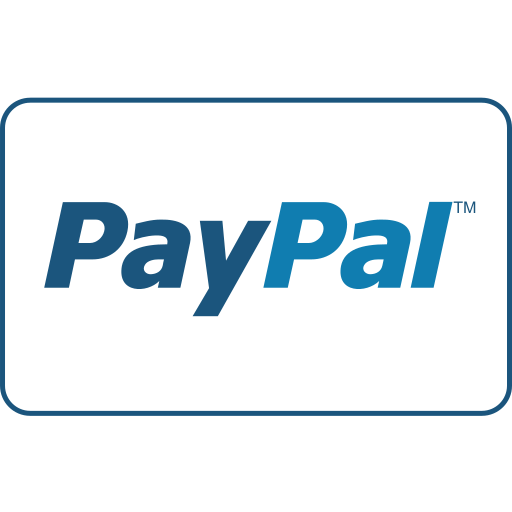
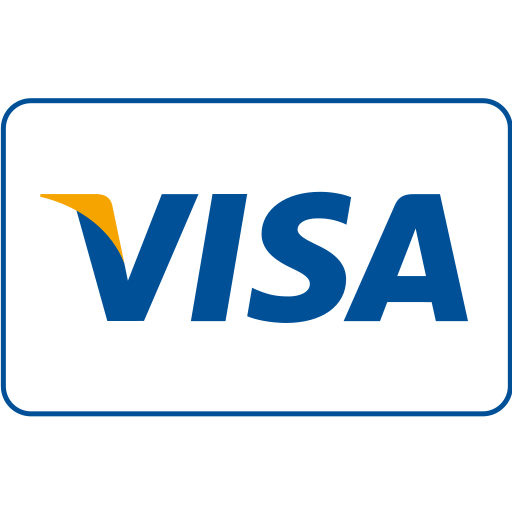
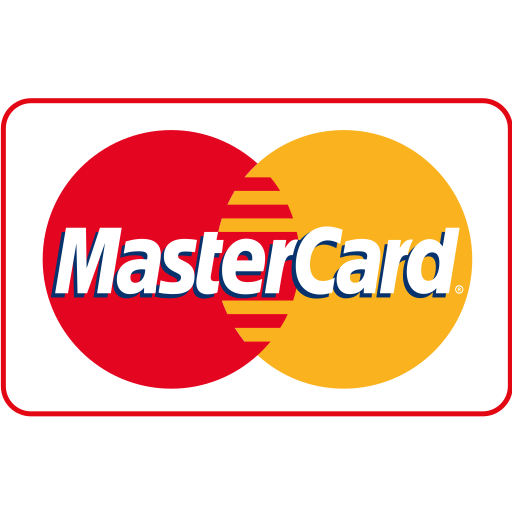
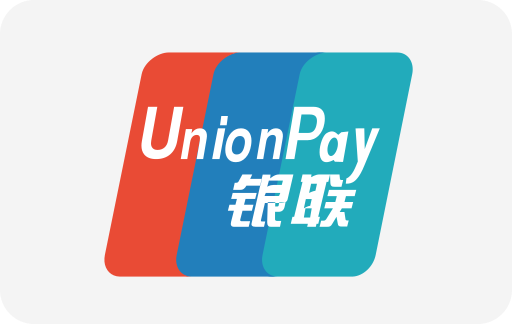
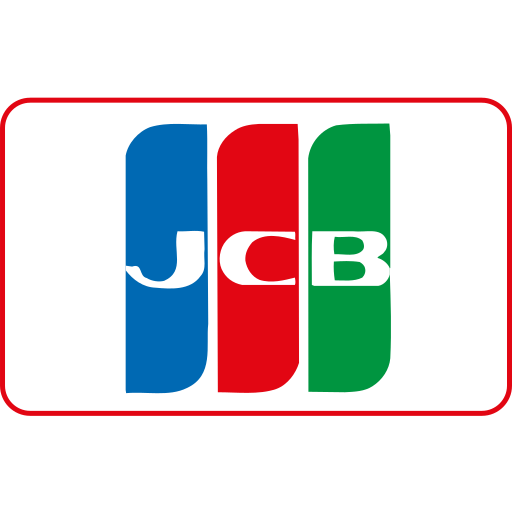
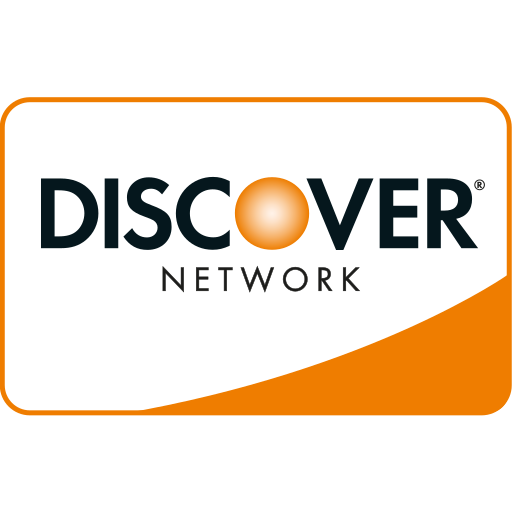

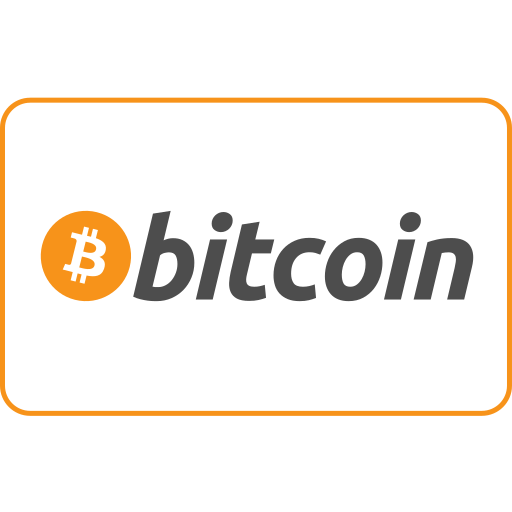
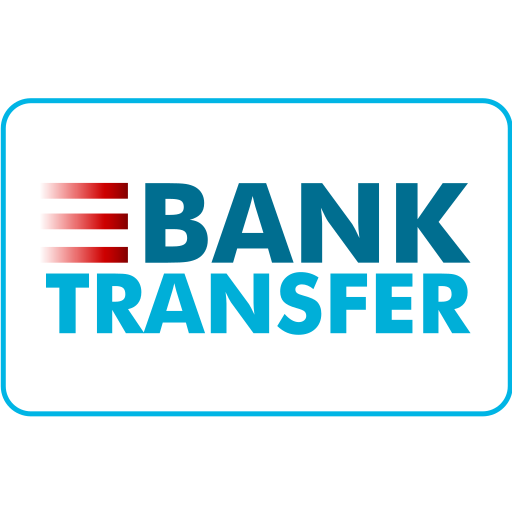
Ang PH Ranking ay nag-aalok ng pinakamataas na kalidad ng mga serbisyo sa website traffic sa Pilipinas. Nagbibigay kami ng iba’t ibang uri ng serbisyo sa trapiko para sa aming mga kliyente, kabilang ang website traffic, desktop traffic, mobile traffic, Google traffic, search traffic, eCommerce traffic, YouTube traffic, at TikTok traffic. Ang aming website ay may 100% kasiyahan ng customer, kaya maaari kang bumili ng malaking dami ng SEO traffic online nang may kumpiyansa. Sa halagang 720 PHP bawat buwan, maaari mong agad pataasin ang trapiko sa website, pagandahin ang SEO performance, at pataasin ang iyong mga benta!
Nahihirapan bang pumili ng traffic package? Makipag-ugnayan sa amin, at tutulungan ka ng aming staff.
Libreng Konsultasyon